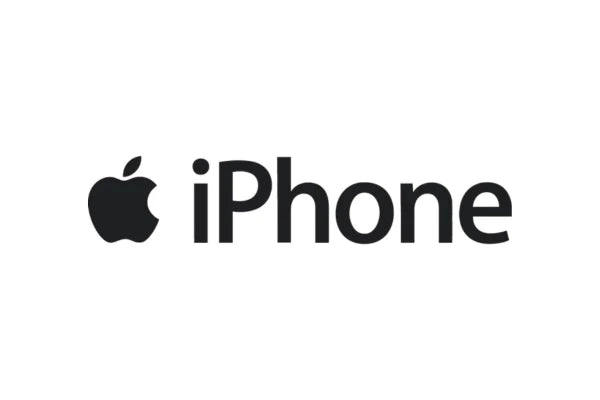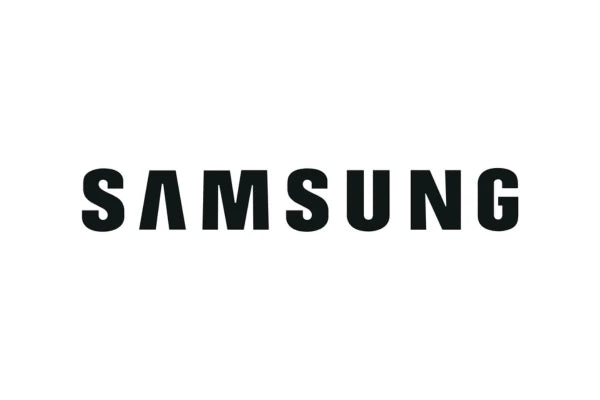
The iPhone 15's USB-C Port: A New Era of Connectivity (Keywords: iPhone 15, USB-C, Connectivity, Charging, Data Transfer, Accessories, Compatibility, Port, Adapter, Future)
Share
The introduction of a USB-C port on the iPhone 15 marks a significant shift in Apple's connectivity strategy. This long-awaited change brings a new level of versatility and compatibility to the iPhone, aligning it with a vast ecosystem of devices and accessories. In this blog, we'll explore the benefits and implications of the iPhone 15's USB-C port.
One of the most immediate advantages of USB-C is its universal nature. Unlike the previous Lightning port, USB-C is a widely adopted standard used in a vast array of devices, including Android phones, laptops, tablets, and accessories. This means you may be able to use the same cable to charge your iPhone 15 and other devices, reducing cable clutter and increasing convenience.
Beyond charging, USB-C offers faster data transfer speeds, especially for transferring large files like photos and videos between your iPhone 15 and other devices. The iPhone 15 supports USB 2 speeds, while the Pro models boast even faster USB 3 speeds. We'll discuss the implications of these speeds for different use cases.
The USB-C port on the iPhone 15 also opens up a wider range of accessory compatibility. From external storage devices and displays to audio interfaces and more, the possibilities for expanding the functionality of your iPhone 15 are increased. We'll touch upon some of the exciting accessories that can now be seamlessly connected to the iPhone 15.
While the transition to USB-C is largely positive, we'll also briefly address any potential challenges or considerations, such as the need for new cables or adapters for users heavily invested in the Lightning ecosystem. Overall, the adoption of USB-C on the iPhone 15 signifies a move towards greater connectivity and interoperability, benefiting users in numerous ways.



